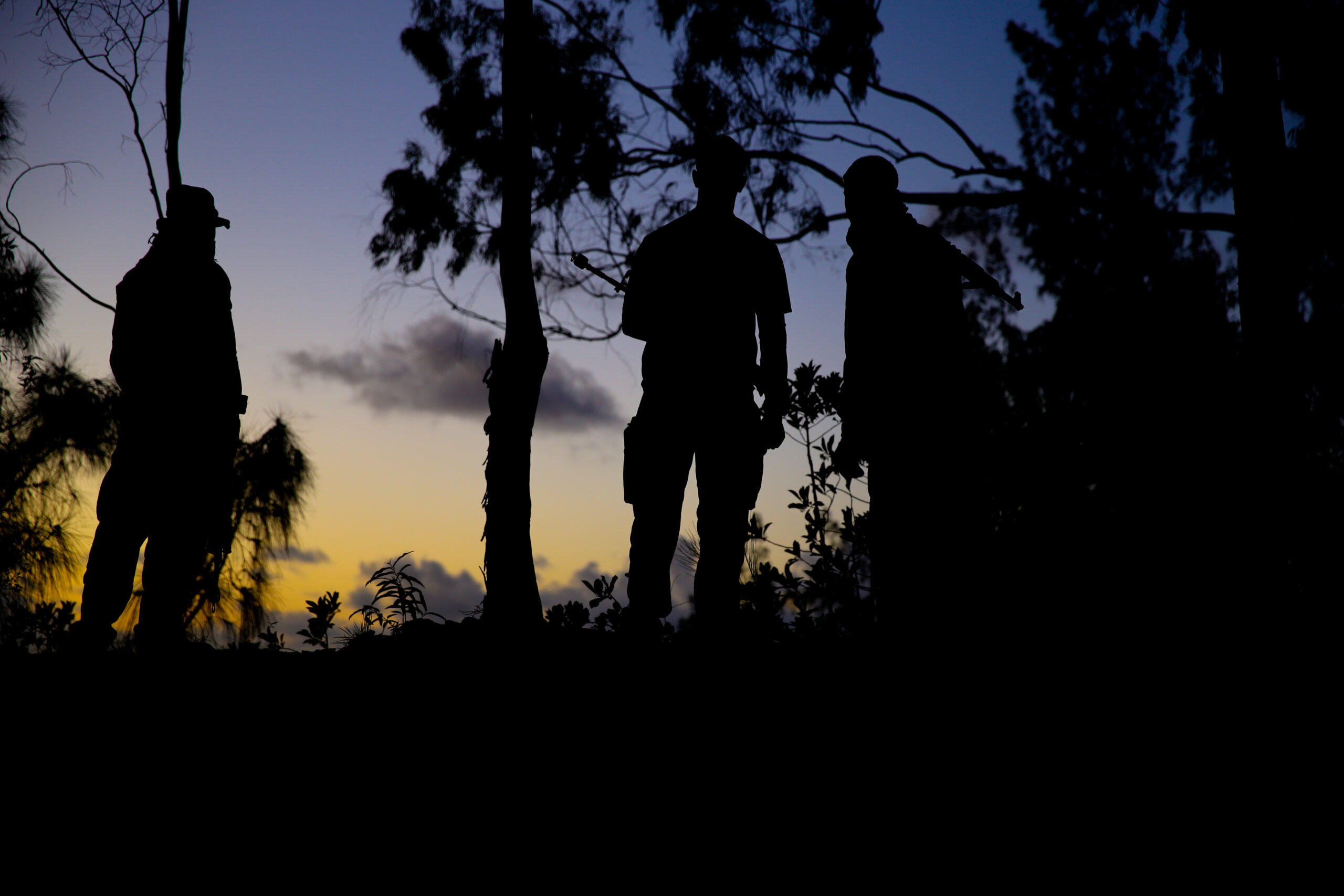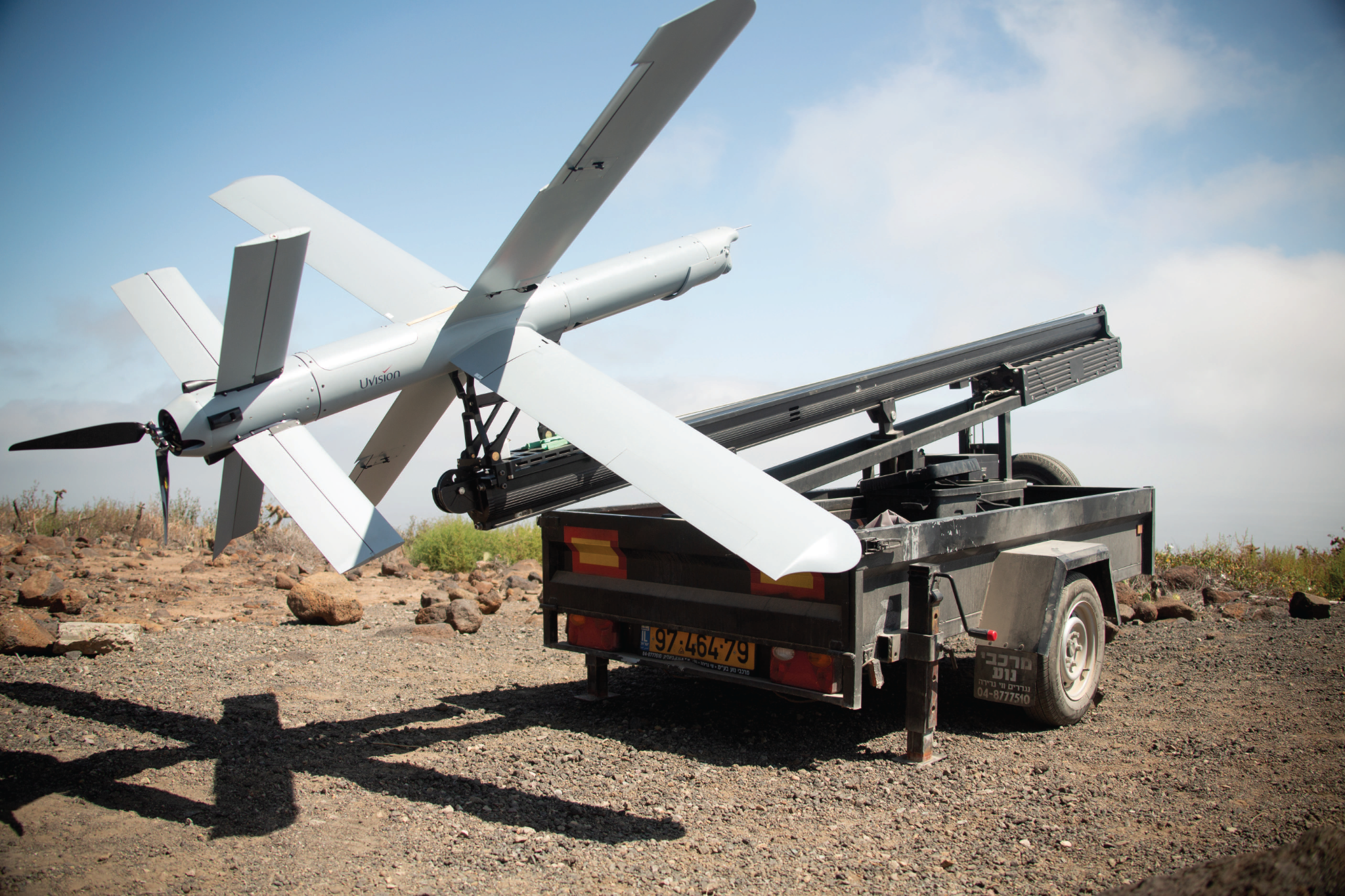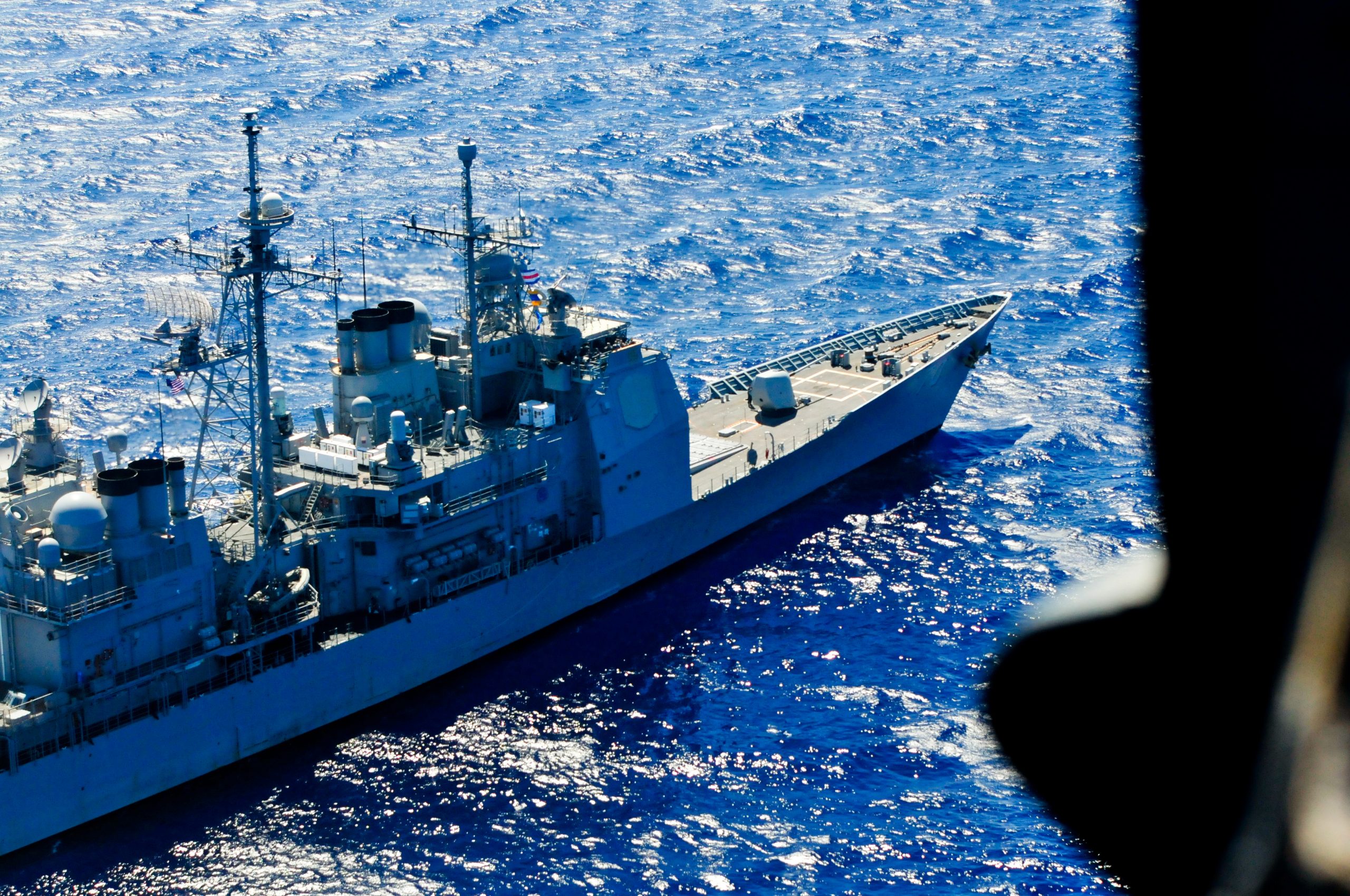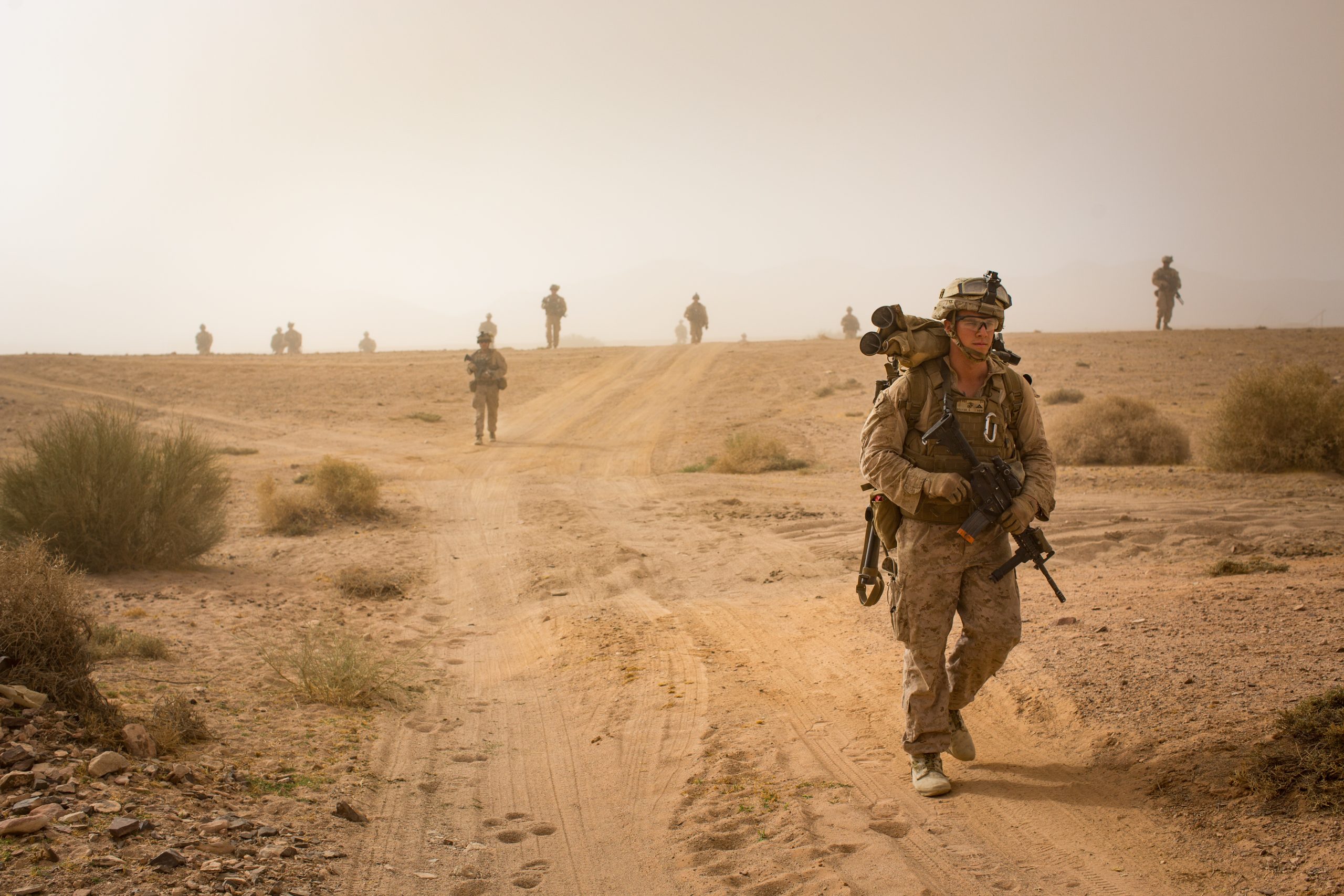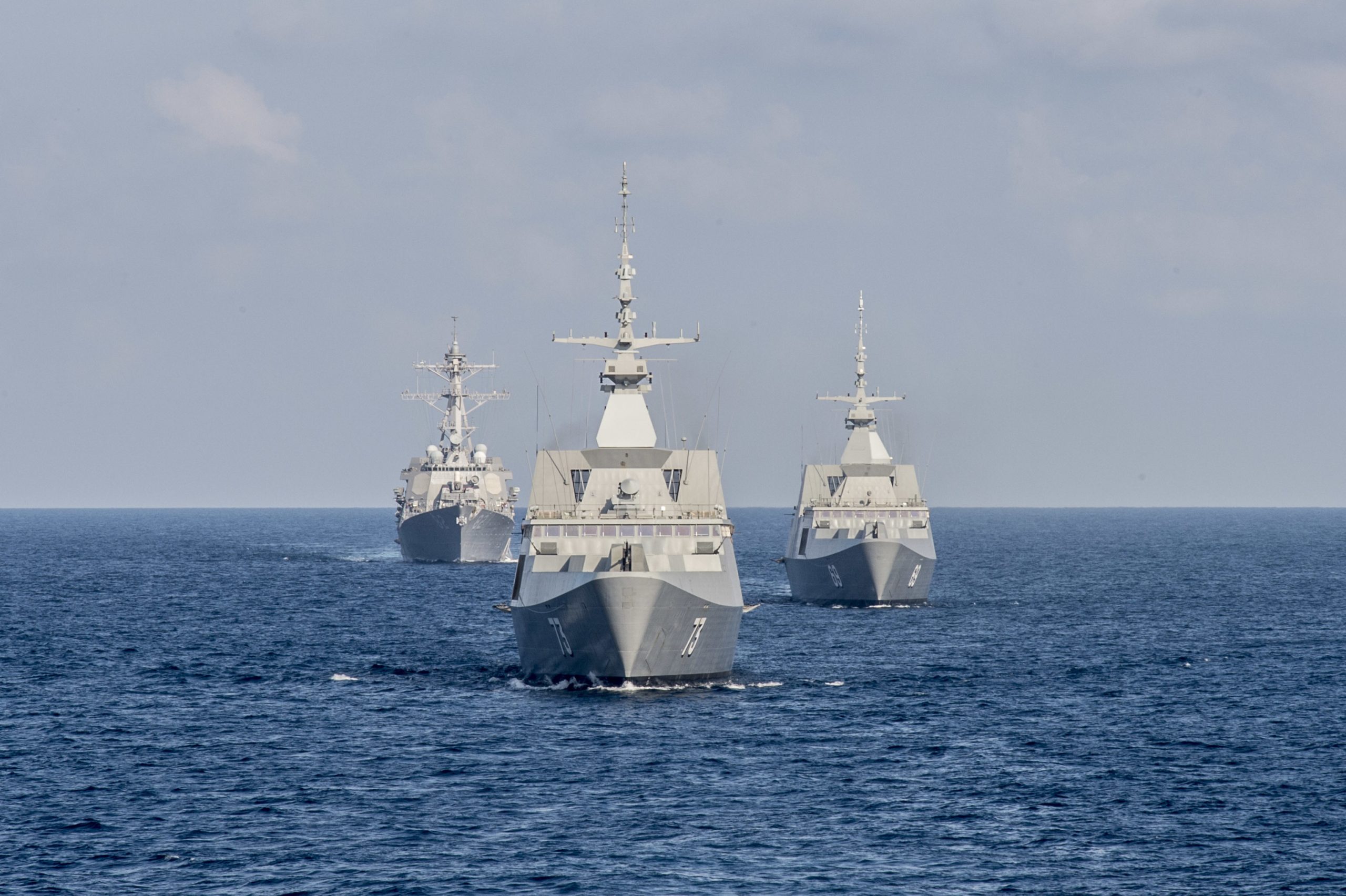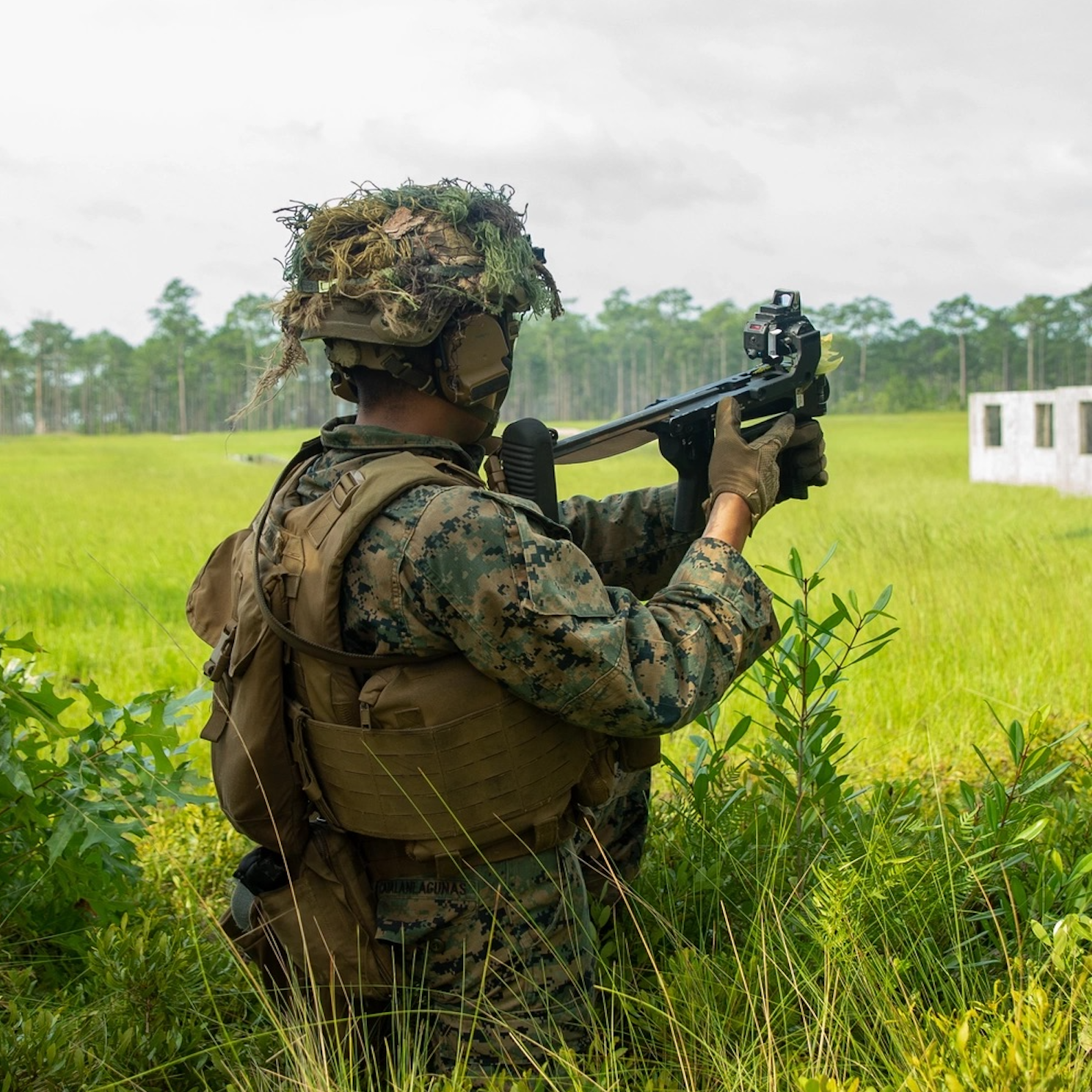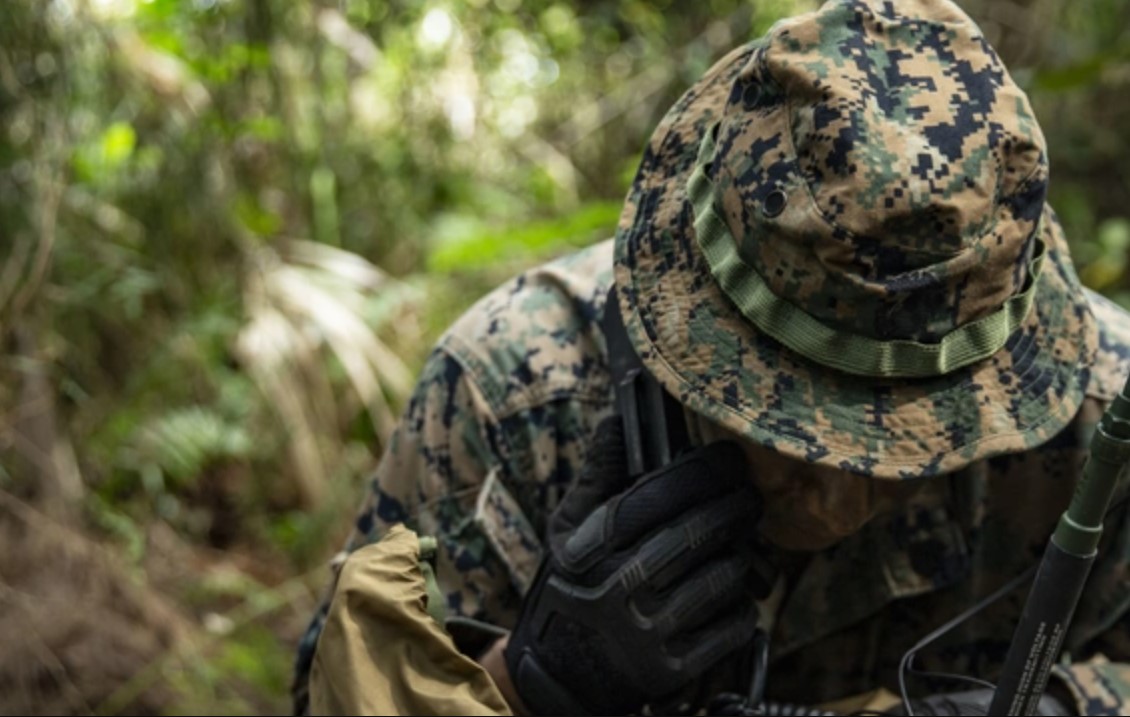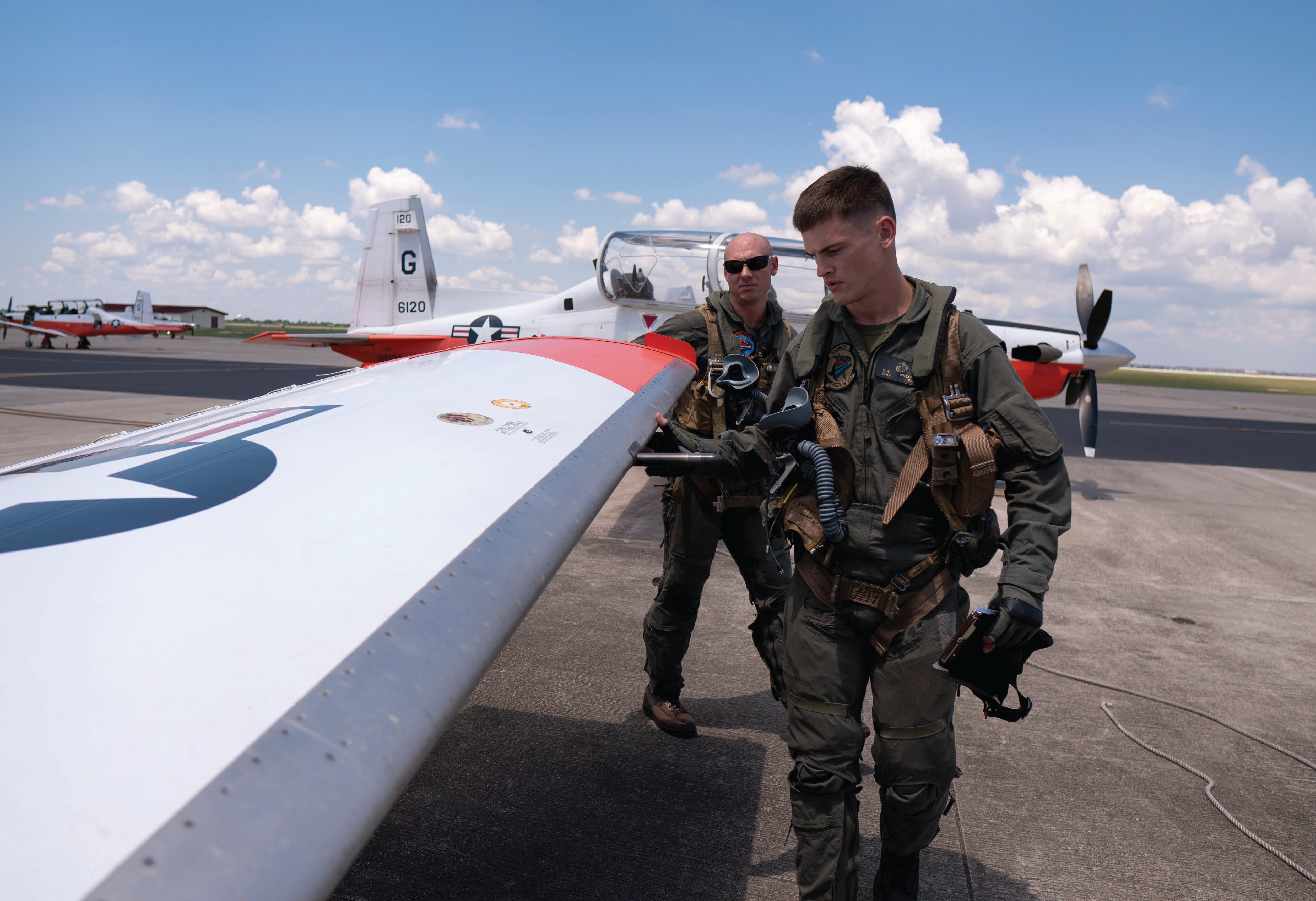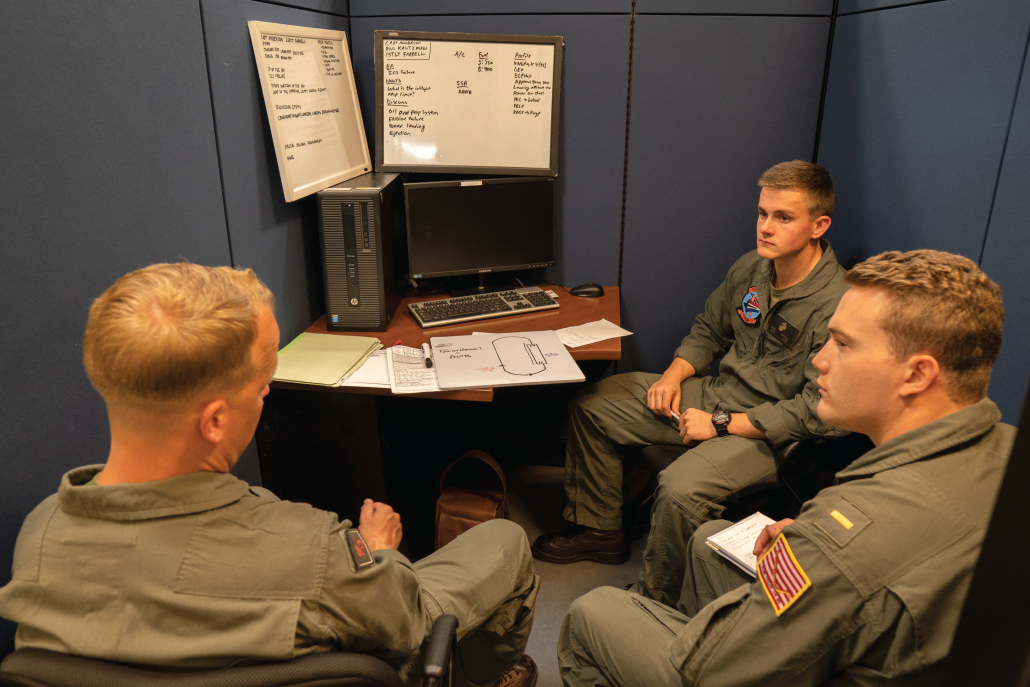Support to RXR
by Mr. Ben Closs
>Mr. Closs is a retired Marine Intelligence Officer. He works for FGS, LLC supporting doctrine, strategy, and policy development for the Deputy Commandant for Information’s Intelligence Division.
Purpose
Russia’s failure to secure an early victory against Ukraine—despite its much larger force and greater resources—suggests strongly that numerical superiority and 20th-century operational art are no longer enough to assure military success in the Information Age. The Ukrainians have fought bravely and well, but they have managed to resist, in no small part, because they have made far better use of their intelligence and information resources than Russia has. In the Information Age, even a relatively small force—Ukraine—supported by the right messaging and a steady stream of timely targeting data can offset some fairly significant disadvantages in numbers and supply. If this conflict is any indication of those yet to come, future battlefields promise to be heavily slanted in favor of the nation with the best relationships and the best situational awareness. These lessons, presaged by recent publications like MCDP 1-4, Competing, and A Concept for Stand-In Forces make it clear that our Corps can no longer afford to organize, train, and equip itself as a break glass in case of war forcible-entry force to be used only once diplomacy has failed.
Today’s Marines recognize that, even during peacetime, each engagement, operation, and exercise they conduct must achieve two essential tasks: sending the right messages to America’s allies and would-be adversaries and satisfying our national leadership’s intelligence requirements. Both efforts promise to become significantly more difficult once the shooting starts, however. Future, informationized fights between technology-enabled peer competitors threaten to escalate and culminate much more rapidly than past conflicts, offering the Joint Force no time to build, let alone move, the industrial-age mountains of iron and steel upon which America’s previous victories relied.
Data has become our new iron mountain. The vast quantities of information that nations and governments can collect and generate during competition will direct, and become, the ordnance with which the next conflict must be won. To enable friendly success in combat or deterrence, Marines must tailor all their operations, activities, and investments with an eye toward reconnaissance and counter-reconnaissance (RXR) efforts that fulfill the Joint Force’s information requirements and messaging objectives. The Marine Corps does not yet have the capability or capacity to perform these feats quickly or efficiently enough to meet the Joint Force’s future requirements, but it does have an organizational construct tailor-made to enable the aggregation, organization, and delivery of intelligence data, products, and capabilities. The Marine Corps Intelligence, Surveillance, and Reconnaissance Enterprise (MCISRE) is that construct. Though its current posture is focused on Title 10 support to force development and headquarters decision making, the MCISRE can, and perhaps must, evolve to become the unified, Service-level base of intelligence support our Nation’s maritime RXR forces need to turn peacetime operations into continued deterrence or eventual wartime advantage. As we strive to implement the transformative changes of Force Design 2030, the entire Marine Corps must challenge itself to reconsider what it means to conduct intelligence, surveillance, and reconnaissance (ISR) operations, and the MCISRE must modernize and expand to integrate itself into the Service-wide RXR effort.
This concept is a broad, initial look at how the Marine Corps can approach intelligence support to RXR operations against a peer competitor. It aims to highlight key ideas related to future requirements and recommend the examination of capabilities that can support them. It may also stimulate and facilitate some of the conversations our Service must have while plotting the course. To win the “hider-finder” competition on tomorrow’s battlefield, Marines must organize, train, and equip the entire Service with an eye toward enabling it as a reconnaissance capability. This maritime RXR force must continue to evolve while remaining focused on the Joint Force’s problem set and integration with the Navy. Finally, the Marine Corps must design enough mass and flexibility into the unit’s housing and employ its ISR assets to effect time-sensitive, operationally driven shifts in the way it tasks and supports its low-density technical and analytic capabilities.
Background
The past century’s events—and especially the last 25 years—make clear that any effort to tailor the U.S. military for a changing environment or mission set must begin with a detailed examination of those capabilities and functions, which have changed most since the last benchmark in its evolution. The compact disc and the first-generation Macintosh were the pinnacles of information technology in 1986 when the Goldwater-Nichols Act reorganized the DOD’s structure. In a time of crisis, our country can choose to enter a conflict very quickly, but the DOD can only move so fast in its efforts to prepare itself for the next fight. The Marine Corps, recognizing an unfulfilled need for joint scouting and battlespace awareness capabilities tailored toward great-power competition, is now tailoring its own structure and capabilities toward winning the RXR battle for America’s maritime and Joint Forces. To succeed in this venture, our Corps must build and learn to employ all Marine units, not just the Marine Littoral Regiments, as all-domain, 21st-century reconnaissance forces.
A Concept for Stand-In Forces (SIF) calls on the entire Marine Corps to focus its capacity and capabilities on a relatively small, forward-deployed force that will operate continuously, throughout all forms of competition and conflict, inside the threat envelope of our competitors’ standoff weapons systems. These forces will stand in against potential threats, learning everything they can about their nature and operations from up close. They will also show our country’s friends and competitors alike that the United States cares enough about its allies to stand by them—no matter what the threat may be. These forces’ messaging and maneuvers will stimulate adversary military and political systems and either influence them to adopt a less aggressive posture or force them to reveal crucial information about their intentions and capabilities through their responses to our operations, activities, and investments.
Context/Future Operating Environment
Should a competitor seek to threaten or coerce our allies, the initial U.S. response would likely include the SIF already in theatre, at least part of which would become the inside force, if open hostilities were ever to break out. We must assume that our adversaries can hold U.S. assets throughout the space and information domains at risk throughout the continuum between competition and conflict and that they can threaten surface and landbased forces and facilities of almost any sort with very little warning. Although the threat forces’ access to, and awareness of, the maritime and air domains may exceed our own within their sphere of influence, their degree of control will, like ours, remain incomplete, iterative, and potentially vulnerable to certain forms of disruption.
The electromagnetic spectrum will remain a contested space likely to see shifts in adversary activity long before any hostile act occurs in the physical domains. Given the trajectory of ongoing improvements in threat capabilities, we must assume that most of the communications technologies we currently use will be perceptible and, to some degree, locatable by our adversaries at key points within the battlespace. Any capability which generates a recognizable cyber or electromagnetic signature will be subject to detection, disruption, destruction, or some other form of vulnerability at unpredictable intervals throughout the conflict, and both threat and friendly forces will be able to locate and target adversary units that generate a prominent enough signature throughout their areas of influence— even while they are on the move. The task of sensing and processing adversary signals and signatures, and differentiating them from the local baseline, is sure to challenge the threat’s ISR apparatus in certain parts of the area of operations, just as it will our own. Commanders will nevertheless have to weigh the potential cost of expanding their units’ signatures at critical times and locations and choose in a very conscious and deliberate manner how or whether to alter the timing, method, volume, or subject of their units’ operations and communications.
Operational Challenge
SIF must remain keenly aware of both adversary and third-party dispositions and intentions, as well as the characteristics of a complex, uncertain, and potentially hostile littoral operating environment. The MCSIRE’s challenge will be to enable secure, effective RXR operations by providing deep battlespace awareness and enduring target intelligence support for a widely distributed naval and Joint Force across the spectrum of competition and conflict. To achieve this goal, the enterprise will have to leverage all available sources of intelligence as well as other forms of friendly, neutral, and adversary-related information generated throughout the theatre and across the globe. Meeting this challenge will require the enterprise and the Service to consider epochal shifts in their design and operational patterns. All Marine units now own some type of reconnaissance role—in addition to their other warfighting responsibilities—and must be able to plan and direct reconnaissance, intelligence, and counterintelligence operations at speed without disrupting the tempo and harmony of their other essential tasks. Whatever else Marines do, all their key missions in the coming years will include:
- Identifying, validating, and prioritizing intelligence requirements.
- Planning and integrating reconnaissance, intelligence production, and dissemination efforts.
- Issuing requests and tasking reconnaissance and analytical resources.
- Maintaining continuous supervision over a vast enterprise of joint, national, and coalition intelligence capabilities to ensure its responsive and effective support to their own, and their higher’s, operations and requirements.
Central Idea
The MCISRE, though without a formal chain of command or hierarchical structure, has remained an essential and enduring Service community by virtue of its purpose. It is composed of everything and everyone who performs, supports, or directs intelligence, surveillance, or reconnaissance functions for Marine units across the globe. This enterprise relies on the contributions of a multitude of individuals, networks, and communities, all of whom must combine and coordinate their efforts to deliver fused, integrated intelligence products and capabilities to Marines and, by extension, the Joint Force.
Theory of Success
The MCISRE must develop the capability to receive and process all the data and reporting of intelligence value that Marines, and other SIF, collect and generate during competition. The MCISRE must then be prepared to store this information, make sense of it, and push all the relevant analysis and targeting data to theatre and national decision makers before, during, and after any potential crisis or contingency. This enterprise of Service, joint, national, and combined resources and manpower must be able to do for the Joint Force what numerous individuals are doing in and for Ukraine but on a longer-term basis and, potentially, under even more challenging circumstances. Recent and ongoing operations suggest that information and intelligence overmatches—while they cannot guarantee success by themselves—are key factors to both national and military resilience and serve as force multipliers that can offset many of the more traditional advantages America’s competitors are working to build within their respective spheres of influence.
In the era of great-power competition, every Marine must become much more than just a collector. Today’s Marines must all rise to the challenge of operating as fully engaged members of our Nation’s maritime RXR force. On tomorrow’s interconnected, digital battlefield, the entire force must focus on sensing the environment, understanding the threat, and frustrating the adversary’s targeting effort.
Supporting Ideas and Planning Considerations
1. Focus on the Joint Force’s Problem Set and Integration with the Navy
Maritime Reconnaissance and Counter-Reconnaissance. In today’s competition, as in tomorrow’s conflict, all Marine operations must contribute meaningfully to the Joint Force’s battlespace awareness. MCISRE personnel and systems must be able to network and cooperate with combined, joint, and naval intelligence capabilities, both embarked and ashore, even in disrupted, disconnected, intermittent, and low-bandwidth signals environments. To provide the kind of insight and deterrence potential theatre campaign plans will require, the enterprise will have to support maritime reconnaissance and sea control efforts, along with a host of other missions the COCOMs may allocate to their naval and Joint Forces.
Distributed Analysis. To utilize a modern, networked approach to ISR, SIF must be able to coordinate and integrate intelligence requirements and operations seamlessly between all their subordinate elements, the Joint and combined force, their Service component, and the COCOM headquarters. Their MCISRE components must also be able to share data, plans, and products with reach-back elements at their home station(s), as well as with any other MEF, component, Service, or joint organizations upon whom they rely for distributed analytical support. To provide that support, Marines must appreciate the operational context surrounding each requirement they hope to answer, and they must be able to do so across the great distances that will likely separate deployed units from those forces trying to support them from garrison. Managing the effort to fulfill its decision makers’ information requirements is a complex but vital job for any staff: doing so at a distance, in a denied, degraded, intermittent, or low-bandwidth communications environment raises that challenge to another level. This capability will be critical to enable distributed operations in the 21st century, however, as SIF may not be able to afford the luxury of concentrating their forces or analytical resources while they operate in theatre.
Support to, and from, units in garrison. In response to a significantly expanded version of the requirement for which the MCISRE was once conceived, each MEF must enhance its ability to provide intelligence support to deployed units while simultaneously fulfilling all the planning and training-related requirements for whatever portion of its force remains in garrison. This support must continue without interruption while those units in the rear continue to perform the many steady-state Title 10 functions necessary to ready the force for its next mission. Given the significant strain this tension between competing Title 10 and Title 50 requirements can place on the MEF, the Service or Marine Forces headquarters may need to become more than simple administrative entities. They may need to support deployed forces as well, either by receiving or developing organic analytical capabilities of their own, or by coordinating long-term MAGTF, Service-wide, or multi-Service liaison with, and augmentation to, the theatre joint intelligence operation centers along with other theater and national support organizations.
2. Organize, Train, and Equip the Entire Service as a Reconnaissance Capability
Every Marine a Reconnaissance Operator. Intelligence, surveillance, and reconnaissance are much more than a particular set of personnel, units, staff sections, or occupational fields. They are essential functions that all military organizations and personnel perform every day. In a far-flung fight or during everyday competition, Marine units will distribute their various components and resources, both to enhance their survivability and expand their spheres of influence while simultaneously reducing the signatures they project into the operating environment. Infantry Marines, logisticians, and other personnel operating as members of small, isolated detachments or aboard expeditionary advance bases will perform ISR functions right alongside, and often in the place of, their intelligence and signals intelligence brethren to enable their unit’s contribution to the COCOM’s intelligence and targeting efforts. Every Marine may have been a collector in the past, but going forward, each Marine, as well as much of his gear, will have to become proactive and fully engaged reconnaissance assets. Whether their mission focus is on the air or ground domains, at sea, in space, or in cyberspace, every Marine’s central task will be to help the Joint Force sense, understand, and influence events within their area of operations.
Every Marine a Counter-Reconnaissance Asset. Marines’ responsibilities to the Joint Force’s counter-reconnaissance mission are no less vital than their reconnaissance efforts. Our adversaries and competitors are working to better integrate their all-domain, multi-INT ISR efforts. Though they may have to refrain from physical violence until authorized or forced to apply it, Marine units operating as SIF must be able to go kinetic at a moment’s notice to disrupt or dismantle our competitors’ ISR networks before they can complete their kill chain. The effort to build and maintain the kind of granular situational awareness and long-term target custody that enable this wartime capability will require SIF to engage in constant target development throughout competition. Marines will acquire, update, and hand off targeting data for the full range of adversary military capabilities, especially ISR capabilities, on an ongoing basis long before any physical conflict begins. Constant, intensive, peacetime ISR activity will be necessary to deter or blunt aggression, break adversary comm links and kill chains, and blind or deceive their decision makers to prevent their forces from seizing the initiative. Not only must all Marines enable the success of friendly counter-reconnaissance targeting efforts, but each Marine must uphold his responsibility to the entire force’s effort to manage its signature and further frustrate or deceive adversary ISR. The war in Ukraine has already provided innumerable examples of why Marines must discipline themselves and their peers to maintain an unshakeable commitment to all-domain operational security. There will be no off-duty from this duty.
3. Using ISR to Weight and Shift the Main Effort
There are more than 7,000 intelligence billets within our Marine Corps, with more to come in the years ahead, but they are of little use to the Joint Force right now because so many of them remain scattered across smaller, tactical-level units. We can both optimize the value of Marine ISR support to the current joint requirement and facilitate the flexibility necessary to reallocate or reapportion it when necessary by building, training, and fielding cohesive, multi-intelligence support teams and detachments for key unit deployments, (e.g. the MEU S-2 [intelligence] and Marine Special Operations Command distributed support team models) drawn from regionally, functionally, or theatre-aligned pools of intelligence manpower and resources, (e.g. Air Force intelligence squadrons and the Army’s theatre military intelligence brigades) with facilities that enable them to deliver reach-back support, even while in garrison. By providing the MCISRE’s constituent units with the critical mass and authority to task-organize all the high-demand/low-density ISR skills and resources within the Marine Forces, MAGTF Command Element, or major subordinate command and then push tailored, integrated units, products, and capabilities down to supported units, Marines can maximize the synergistic value of team training, and get the most value out of their best analysts and operators. This flexibility will also contribute to the MAGTF, Marine Forces, and Joint Force commanders’ ability to weigh the main effort with additional battlespace awareness resources when appropriate or necessary. This ability to rapidly and dynamically task-organize ISR capabilities, including manpower and equipment, as well as all other necessary forms of physical, cyber/electronic, and cognitive support, will enable SIF to respond to swiftly changing battlespace conditions and requirements in both the physical and information domains.
Conclusion
The foregoing thoughts outline an initial set of considerations to stimulate and facilitate conversation as the Marine Corps continues to plan, develop, support, and leverage the MCSIRE and other RXR capabilities. Each of the ideas in this concept will require the description and refinement of numerous specialized sub-functions to plan and direct ISR operations, to collect, process, and exploit information, to produce fully integrated intelligence and decision-support products, and to transmit them all to the Joint Force in a manner that supports security, signature management, and tempo. All our efforts to build the future MCSIRE can achieve greater efficiencies and better effects if they adhere to these principles: a focus on the Joint Force’s problem set and integration with the maritime force; viewing, training, and equipping the entire force as a reconnaissance capability; and building enough ISR concentration and organizational agility into the force to redirect our least-engaged collection and analytical resources toward the main effort. Many of you may disagree with one or more of the statements within this concept, and even more of you probably have ideas you think are missing from it. Bring them on! Please join in the conversation and the subsequent analysis that will be necessary to make the MCISRE and the Marine Corps everything they must become. We are still at the beginning of a very long road toward having the force we want and may need for 2030, but with a common set of goals and a cooperative mindset, we can cover this great distance and answer the challenge our Nation has set before us. Now let’s get to work.


